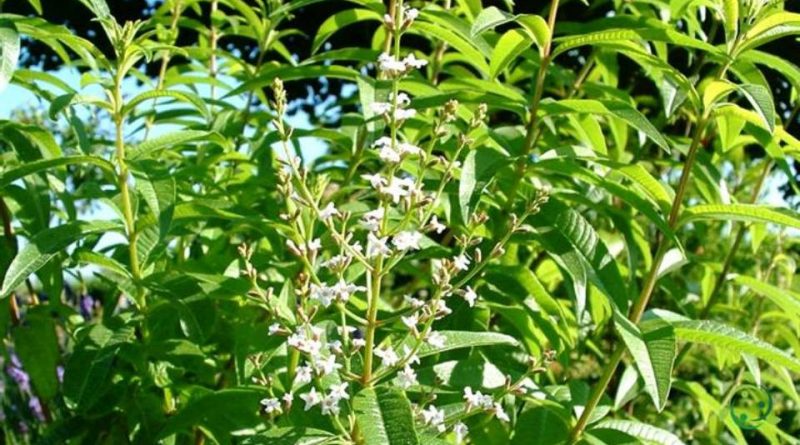How lemon verbena propagates
How lemon verbena propagates
Lemon verbena (Aloysia citriodora Palau) is a perennial shrub plant of the Verbenaceae family. This plant is native to South America (Peru, Chile) and imported into Europe by the Spaniards in the 18th century to be used in the perfume industry.
The lemon verbena, due to its subtropical origins, does not tolerate low winter temperatures and therefore, in areas where these drop below 0 ° C, it must be grown in pots to be placed in sunny areas during the summer and in a protected place during the cold periods.
Verbena can be reproduced both by seed and by cuttings, although the latter technique can be even easier.
Propagation by seed –
If you choose to reproduce the fragrant verbena by seed, you must take into account that sowing must be done when the temperature has reached 15 ° C.
In these temperature conditions the plant germinates after almost 20 days and the young seedlings are already formed after another 3 weeks. When the seedlings have reached this state of growth, they can be placed in small pots with earth and sand to facilitate drainage.
After another two years they can be permanently planted.
Propagation by cuttings –
Verbena, as mentioned, can also be reproduced by cutting. In some ways this technique is even easier. In this case portions of the stem must be taken in the period of late spring or summer, making them root in an earthy substratum in shaded areas.
When the following spring arrives, it will be enough to cut off the stems where the new vegetation is forming.
At the end of the summer it is recommended to slightly prune the plant to eliminate dead flower heads.
For the details of the cultivation technique, refer to the following sheet.

